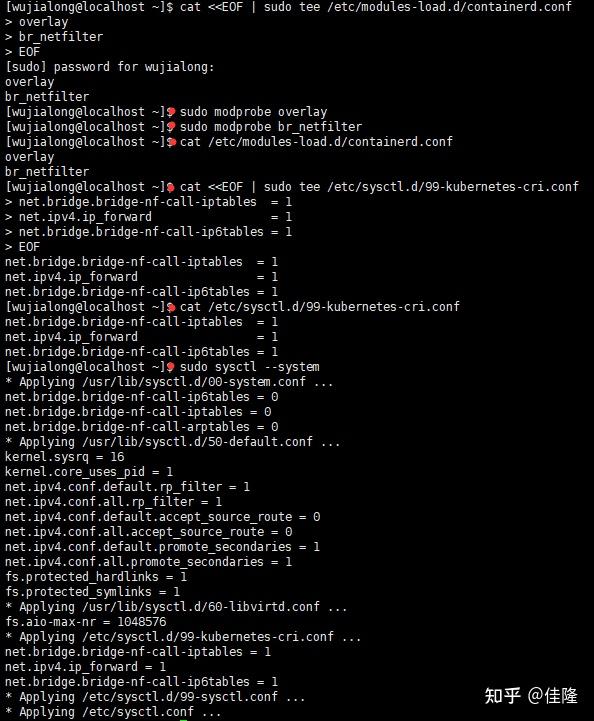

- #CAT EOF TEE FULL#
- #CAT EOF TEE CODE#
#CAT EOF TEE FULL#
nervous as a long-tailed cat in a room full of rocking chairs.flat-headed cat ( Prionailurus planiceps).
 cat got someone's tongue, cat got your tongue?. Asiatic golden cat ( Catopuma temminckii). Synonyms: felid, feline, ( member of the subfamily Pantherinae ) pantherine, ( technically, all members of the genus Panthera ) panther Related to Scots cat, West Frisian kat, North Frisian kåt and kaat, Dutch kat, Danish kat, Norwegian katt, Swedish katt, German Low German Katt and Katte, German Katze, Alemannic German Chatz, Icelandic köttur, Afrikaans kat, Latin cattus, French chat, Norman cat, Occitan cat, Portuguese gato, Spanish gato, Aromanian cãtush, Scottish Gaelic cat, Irish cat, Breton kazh, Welsh cath, Cornish kath, as well as Ancient Greek κάττα ( kátta ), Greek γάτα ( gáta ), and from the same ultimate source Russian кот ( kot ), Ukrainian кіт ( kit ), Belarusian кот ( kot ), Polish kot, Kashubian kòt, Lithuanian katė, and more distantly Armenian կատու ( katu ), Basque katu, Arabic قِطَّة ( qiṭṭa ) alongside dialectal Maghrebi Arabic قَطُّوس ( qaṭṭūs ) (from Berber, probably from Latin).Ĭat ( countable and uncountable, plural cats) Kroonen says the word must have existed in Germanic from a very early date, as it shows morphological alternations, and suggests that it might have been borrowed from Uralic, compare Northern Sami gađfe ( “ female stoat ” ) and Hungarian hölgy ( “ stoat lady, bride ” ) from Proto-Uralic *käďwä ( “ female (of a fur animal) ” ). Jean-Paul Savignac suggests the Latin word is from an Egyptian precursor of Coptic ϣⲁⲩ ( šau, “ tomcat ” ) suffixed with feminine -t, but John Huehnergard says "the source was clearly not Egyptian itself, where no analogous form is attested." Lionel Bender says the Nubian word is a loan from Arabic قِطَّة ( qiṭṭa ).
cat got someone's tongue, cat got your tongue?. Asiatic golden cat ( Catopuma temminckii). Synonyms: felid, feline, ( member of the subfamily Pantherinae ) pantherine, ( technically, all members of the genus Panthera ) panther Related to Scots cat, West Frisian kat, North Frisian kåt and kaat, Dutch kat, Danish kat, Norwegian katt, Swedish katt, German Low German Katt and Katte, German Katze, Alemannic German Chatz, Icelandic köttur, Afrikaans kat, Latin cattus, French chat, Norman cat, Occitan cat, Portuguese gato, Spanish gato, Aromanian cãtush, Scottish Gaelic cat, Irish cat, Breton kazh, Welsh cath, Cornish kath, as well as Ancient Greek κάττα ( kátta ), Greek γάτα ( gáta ), and from the same ultimate source Russian кот ( kot ), Ukrainian кіт ( kit ), Belarusian кот ( kot ), Polish kot, Kashubian kòt, Lithuanian katė, and more distantly Armenian կատու ( katu ), Basque katu, Arabic قِطَّة ( qiṭṭa ) alongside dialectal Maghrebi Arabic قَطُّوس ( qaṭṭūs ) (from Berber, probably from Latin).Ĭat ( countable and uncountable, plural cats) Kroonen says the word must have existed in Germanic from a very early date, as it shows morphological alternations, and suggests that it might have been borrowed from Uralic, compare Northern Sami gađfe ( “ female stoat ” ) and Hungarian hölgy ( “ stoat lady, bride ” ) from Proto-Uralic *käďwä ( “ female (of a fur animal) ” ). Jean-Paul Savignac suggests the Latin word is from an Egyptian precursor of Coptic ϣⲁⲩ ( šau, “ tomcat ” ) suffixed with feminine -t, but John Huehnergard says "the source was clearly not Egyptian itself, where no analogous form is attested." Lionel Bender says the Nubian word is a loan from Arabic قِطَّة ( qiṭṭa ). 
Adolphe Pictet and many subsequent sources refer to Barabra (Nubian) ( kaddîska ) and "Nouba" ( Nobiin) kadīs as possible sources or cognates, but M. However, every proposed source word has presented problems. This would roughly match how domestic cats themselves spread, as genetic studies suggest they began to spread out of the Near East / Fertile Crescent during the Neolithic (being in Cyprus by 9500 years ago, and Greece and Italy by 2500 years ago ), especially after they became popular in Egypt. 75 A.D., Martial), from an Afroasiatic language. The Germanic word is generally thought to be from Late Latin cattus ( “ domestic cat ” ) (c.
#CAT EOF TEE CODE#
( international standards ) ISO 639-2 & ISO 639-3 language code for Catalan.







 0 kommentar(er)
0 kommentar(er)
